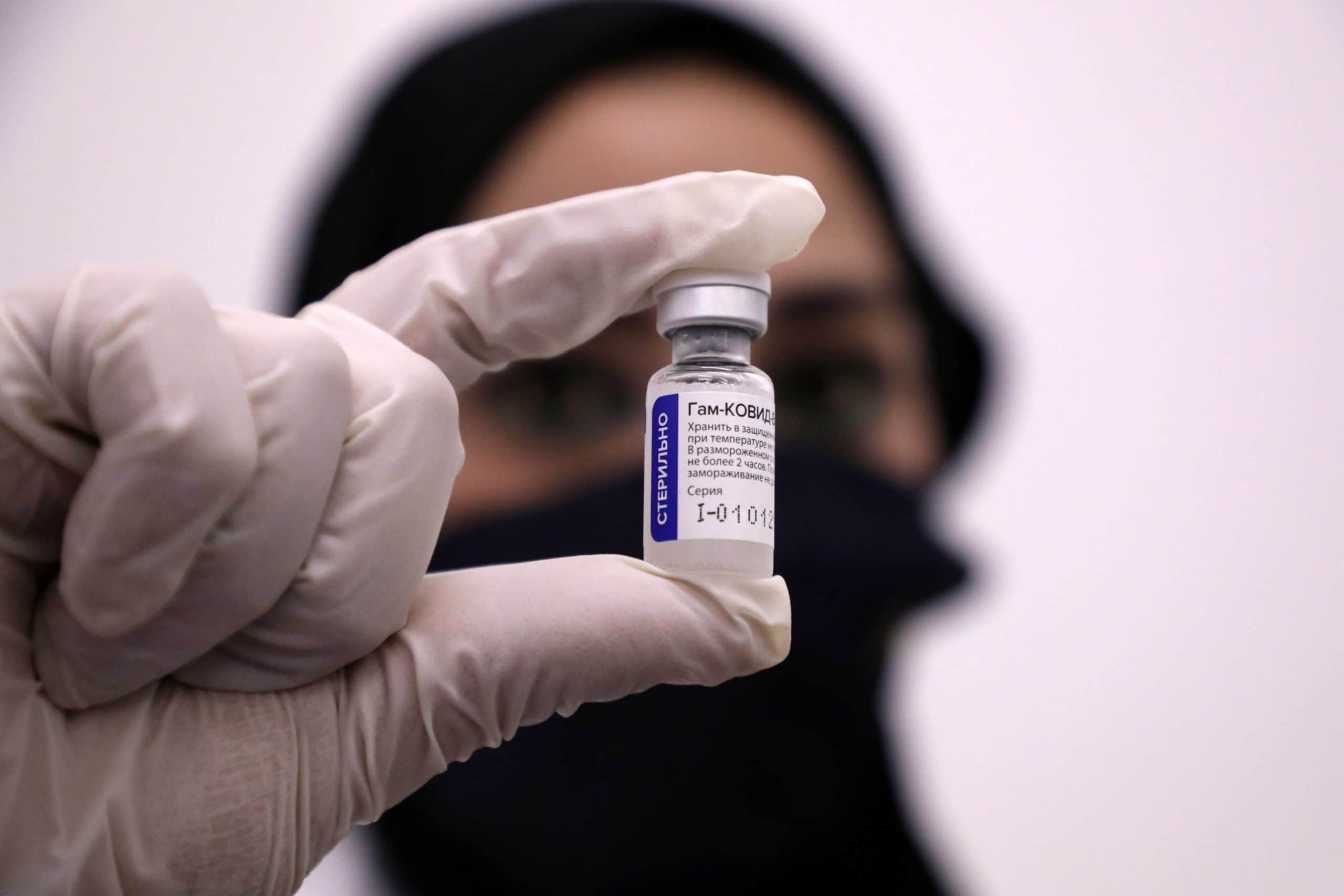Understanding the new variants of the coronavirus and if and how the vaccines will catch up.
When this story was going to press, Nigeria had a total of 159,000 Covid-19 cases and counting. A big chunk of these cases was attributed to the two variants discovered in the West African country – the B.1.525 also found in the United Kingdom (UK) and the B.1.207 genetically sequenced in Nigeria.
Experts continue to closely monitor the situation of countries that have seen new variants as the effects of these mutations have yet to be determined. In South Africa, more light has been shed on the 501Y.V2 variant which has been found to be more infectious and deadlier than the original strain.
South Africa has also seen a new strain emerge, as the variant, 501Y.V2, which has wreaked havoc on the country and seen the number of cases increase exponentially since its discovery in December last year.
The situation in Nigeria and South Africa are not unique, however, as other parts of the world too have had to face the daunting reality of combating a new variant and the possibility of minimal protection offered by the vaccines now available.
Loading...
Professor Lynn Morris, interim Executive Director of the National Institute for Communicable Diseases (NICD) of South Africa, explains to FORBES AFRICA that the virus is likely to become a norm and not disappear altogether from society.
“SARS-CoV-2 is likely to become endemic – in other words, it will continue to circulate amongst people who lack sufficient immunity,” explains Morris. With Covid-19 expected to join the likes of HIV in becoming an endemic, mutations are expected as “viruses mutate as they replicate, fortunately most are harmless”.
It is the area in which these replications have occurred, however, that has created the current crisis with the vaccines available. The spike protein is a key component to the survival of the coronavirus cell and is how the virus enters the body and begins to replicate.
The spike protein allows for the coronavirus cell to invade human cells. By doing this, it ensures the survival of the virus as viruses are only able to replicate once they have entered the host cell. Mutations on the spike protein have a number of different implications as each chemical component of the spike protein serves a different purpose.
One of these purposes is the rate of infection as Morris explains: “The 501Y.V2 variant has a number of mutations in its spike protein. One of these is shared with the variant circulating in the UK that has been shown to increase transmissibility. Another three are escape mutations that make the virus partially or in some cases completely resistant to otherwise protective antibodies.”
The other issue that has also arisen as a result of these mutations is resistance to the current vaccine models available. The vaccines produced by Pfizer and BioNTech, Moderna and Oxford and AstraZeneca all use a specific genetic component from the virus in their vaccine and the antibodies created by the body then formulate their reaction based on the genetic material of this component.
The material used by all these companies has been derived from the spike protein of the virus. This then brings the efficacy of the vaccines into question in dealing with the mutations of the coronavirus cell and still being able to provide a high enough level of protection against the virus.
This theory became a reality in South Africa, where the rollout of vaccines had to be paused with one of the main factors being a low-efficacy level of the vaccine when treating the new strain of the virus. The vaccine in question, the Oxford and AstraZeneca vaccine, had been purchased from the Serum Institute of India and was due for rollout in February.
Due to results conducted by an independent researcher, and a close approaching expiration date, the use of these vaccines was halted and replaced with the Johnson & Johnson vaccine, Ad26.cov2.S. At the time of writing, this vaccine had been administered to over 145,000 health workers who were given priority.
The possibility of vaccines being a permanent or long-term solution has yet to be determined.
“We don’t know yet how long vaccine-induced immunity will last. If it follows the same pattern as natural infection where antibodies are relatively short-lived, then a booster will likely be required,” says Morris.
As more mutations arise as the virus replicates and the number of vaccines approved for use increases, this war between virus and vaccine is coming to a head and at this point, the victor is anyone’s guess.
Variant B.1.525 – this variant is still relatively new and undergoing investigation is still determining the extent to which the mutations affect the rate of infection. This strain has been found across the world including Ghana and Nigeria.
Variant B.1.1.207 – Initially discovered through genome sequencing done in Nigeria, the exact effects of this variant are still under study, as of March 2021, this variant has been found across the world including countries in Europe, Asia and North America.
Cluster Five – This cluster was found in Denmark amongst the mink population and was found that it would be possible to spread to humans from mink farms. This then led to the culling of 17 million minks which subsequently led to the extinction of the cluster five variant.
Loading...
